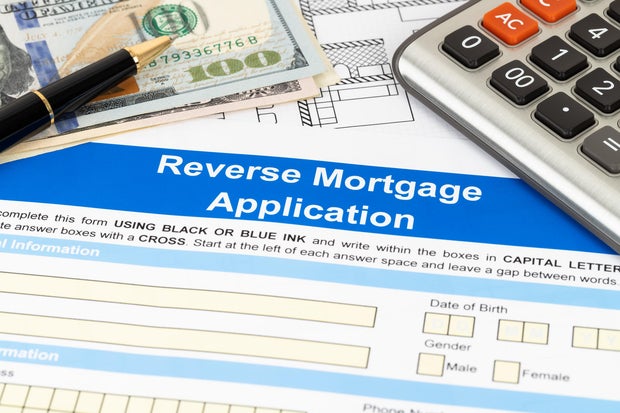 When you borrow against your home equity with a reverse mortgage, there are a few big strings attached.
Getty Images/iStockphoto
When you borrow against your home equity with a reverse mortgage, there are a few big strings attached.
Getty Images/iStockphoto
With home values remaining high in most markets and mortgage rates elevated over much of the past year, it makes sense that homeowners who need to borrow money are looking at their options for tapping their home's equity. After all, rates for home equity loans and home equity line of credit (HELOCs) are lower than what you'd get with most other types of loans, and the amounts you can borrow tend to be higher, too. But homeowners over the age of 62 have an additional option to consider: a reverse mortgage.
Reverse mortgages have become an increasingly popular home equity borrowing option for retirees, as these unique loans allow borrowers to continue living in the residence, but they don't require monthly payments, either. That makes this type ideal for seniors who are on fixed incomes but need access to cash. After all, if you've spent decades building equity in your home, the idea of converting that value into cash while continuing to live there can sound appealing, especially when your retirement savings feel stretched thin.
But reverse mortgages function differently compared to most other home equity options, which can lead to confusion. And, at the heart of those concerns is a fundamental question about ownership. If a lender is giving you money based on your home's value, who actually owns your house? Knowing the answer to this question is critical before moving forward with this type of loan.
Find out more about the reverse mortgage loan options available to you now.
Who owns your house when you have a reverse mortgage?
When you take out a reverse mortgage loan, you remain the legal owner of your home. The lender does not take ownership or title of your home, as you're borrowing against the equity you've built up. Rather, that loan is secured by the property, much like it would be with a traditional mortgage. Here's how it works in practice:
- You keep the title. With a reverse mortgage, your name stays on the deed, and you're still responsible for property-related obligations like taxes, insurance and maintenance.
- The lender places a lien on the home. The reverse mortgage lender records a lien on your property to secure the amount you borrow (plus interest and fees). This means the lender has the right to be repaid when the loan becomes due, typically when you sell the home, move out permanently or die.
- Your home equity changes over time. As you receive reverse mortgage proceeds, the loan balance grows and your equity in the home decreases. However, you still own the home during this time.
For example, if you own a $500,000 home outright and take out a reverse mortgage with a $250,000 initial draw, you still own the home. You just have a $250,000 loan balance secured by it, which will need to be repaid later.
That said, reverse mortgage borrowers must continue to meet certain obligations to keep the loan in good standing. Failure to do so could lead to the loan becoming due and payable, and in the worst-case scenario, could even result in foreclosure. This isn't because the lender "owns" your house, though. It's because the property is collateral for the loan.
Learn more about how a reverse mortgage can help with your financial needs in retirement.
What happens to your home after you leave or die?
A key moment for ownership questions to arise is when the reverse mortgage borrower moves out or dies. That's when the reverse mortgage becomes due and repayment must be made. While ownership doesn't automatically transfer to the lender at this point, the options change. Here's what happens after the reverse mortgage repayment comes due:
- Your heirs can keep the home. Your heirs have the option to pay off the reverse mortgage balance, usually by refinancing with a new mortgage or using other assets, allowing them to keep the property.
- Your heirs can sell the home. Your heirs also have the option to sell the property, use the proceeds to pay off the reverse mortgage and keep any remaining equity.
- The lender may sell the home if no action is taken. If the reverse mortgage loan isn't repaid, the lender can foreclose and sell the home to recoup what's owed. However, reverse mortgages are non-recourse loans, which means the lender can't pursue heirs or the estate for more than the home's value, even if the loan balance exceeds it.
For example, suppose you took out a reverse mortgage years ago and now owe $350,000. If your heirs sell the home for $400,000, they'll repay the $350,000 and keep the $50,000 difference. If the home sells for $325,000, the lender takes the full sale proceeds, and federal insurance covers the shortfall. This flexibility can make reverse mortgages a useful tool for retirees who want to stay in their homes while tapping equity, but it also underscores why understanding ownership and repayment rules is crucial.
The bottom line
A reverse mortgage doesn't mean giving up ownership of your home. You keep the title and remain the legal owner, but you do take on a growing loan balance that must be repaid in the future, either by you, your heirs or through the sale of the property.
Understanding this distinction can help you make informed choices about whether a reverse mortgage fits your financial goals. When used strategically, a reverse mortgage can provide valuable financial flexibility without sacrificing ownership, but only if you understand how it works from the start.
Edited by Matt Richardson

.jpeg)
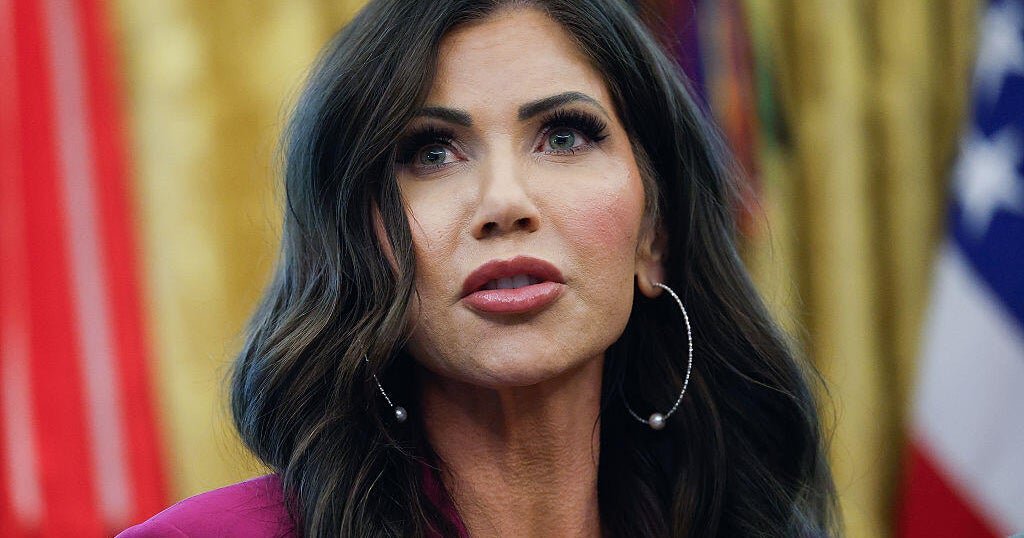




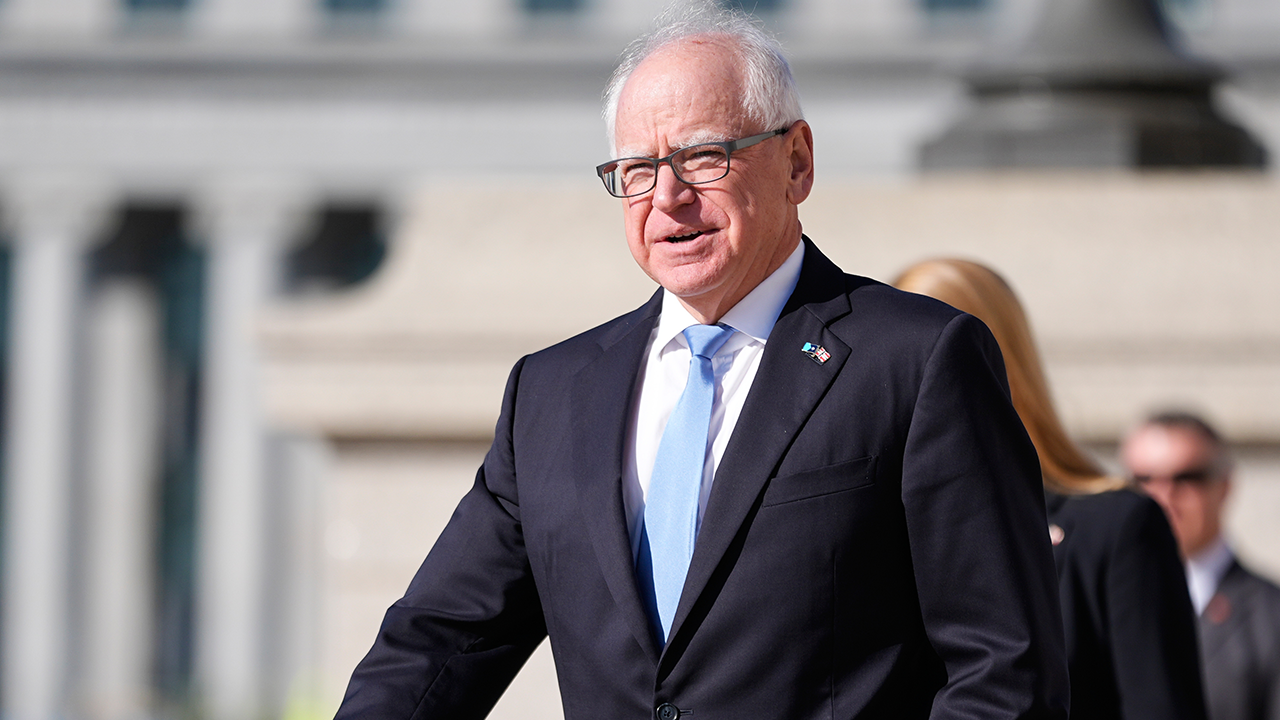
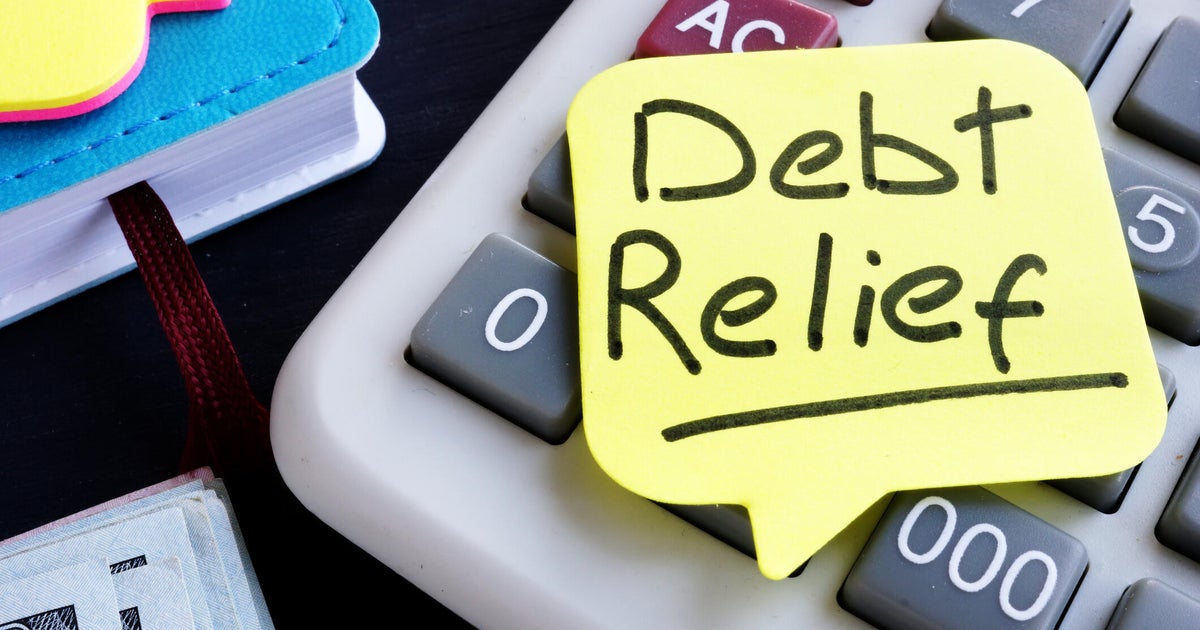
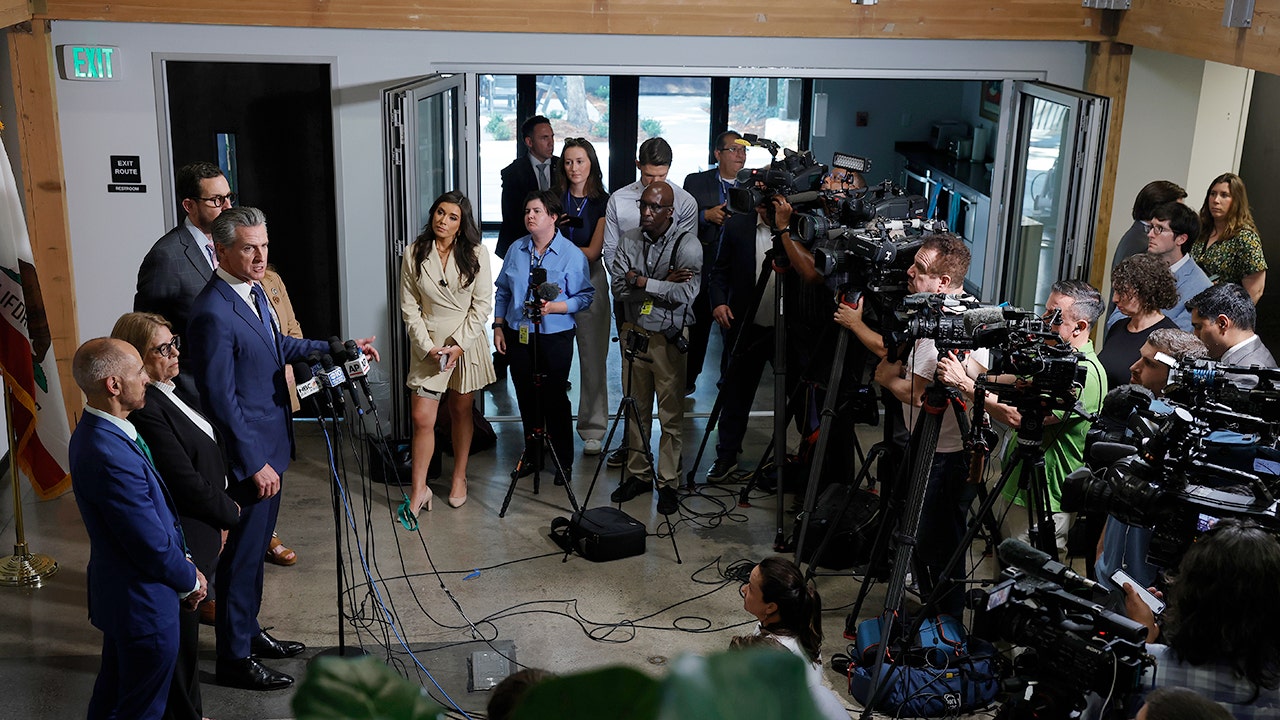
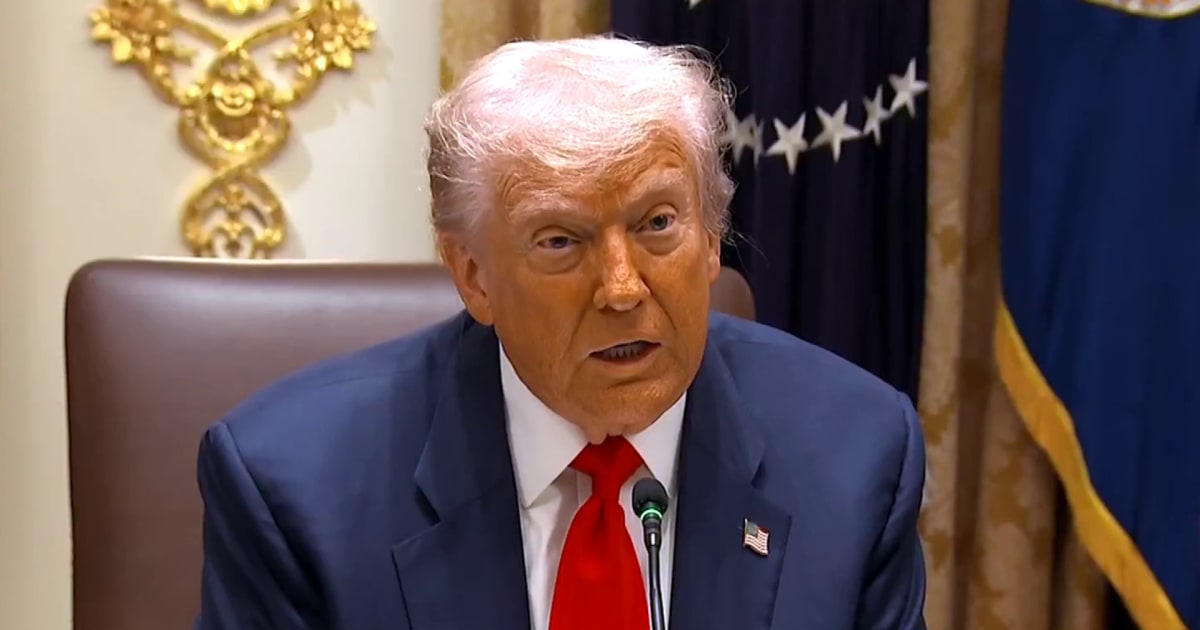
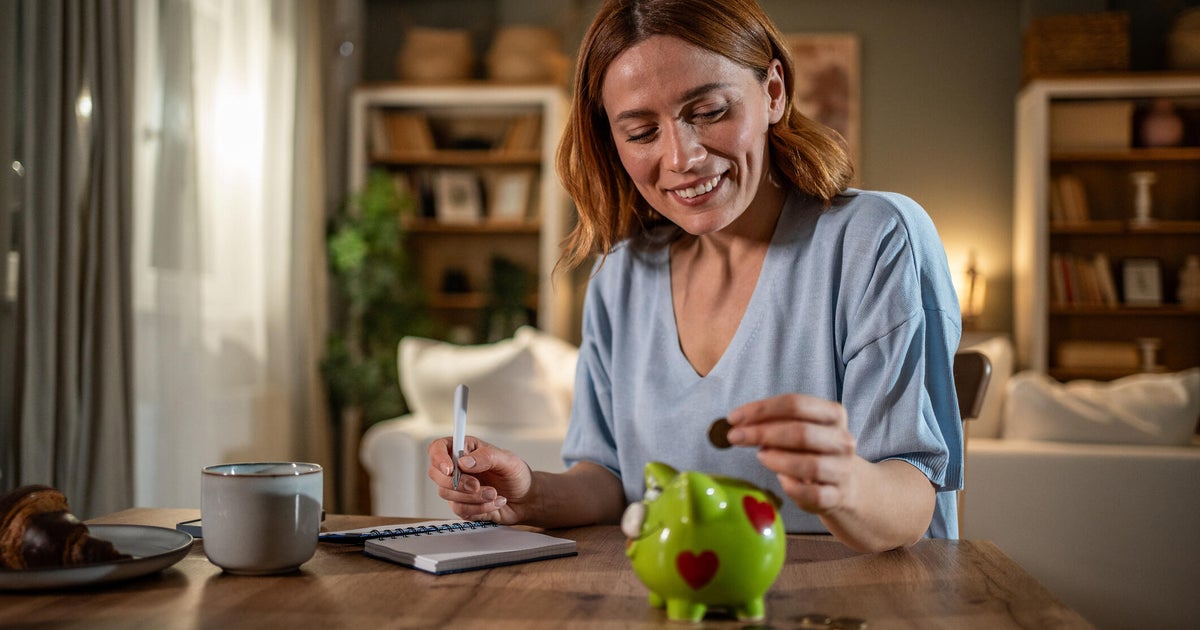
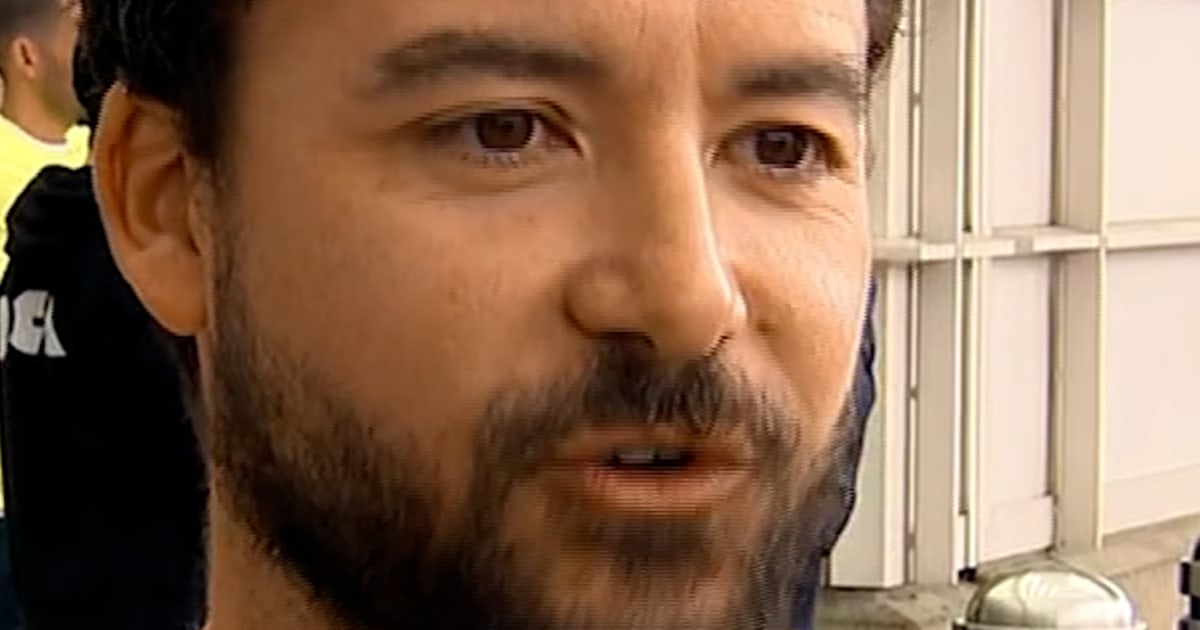
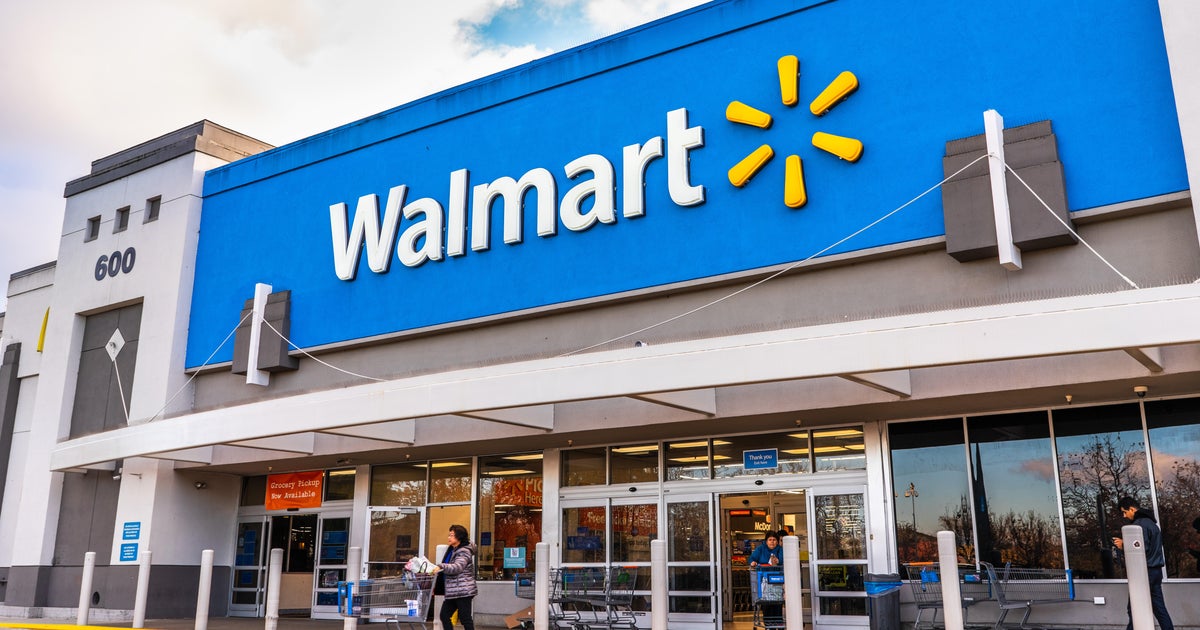




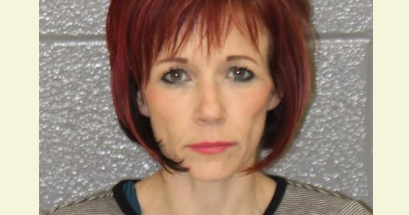
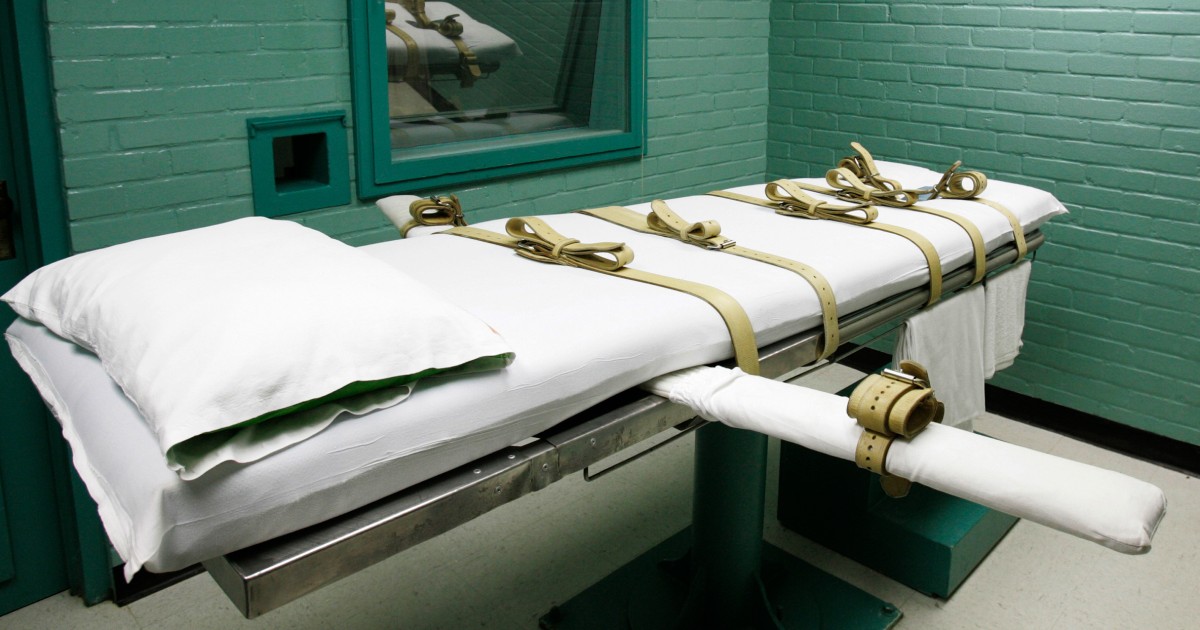





.jpeg)













 English (US) ·
English (US) ·